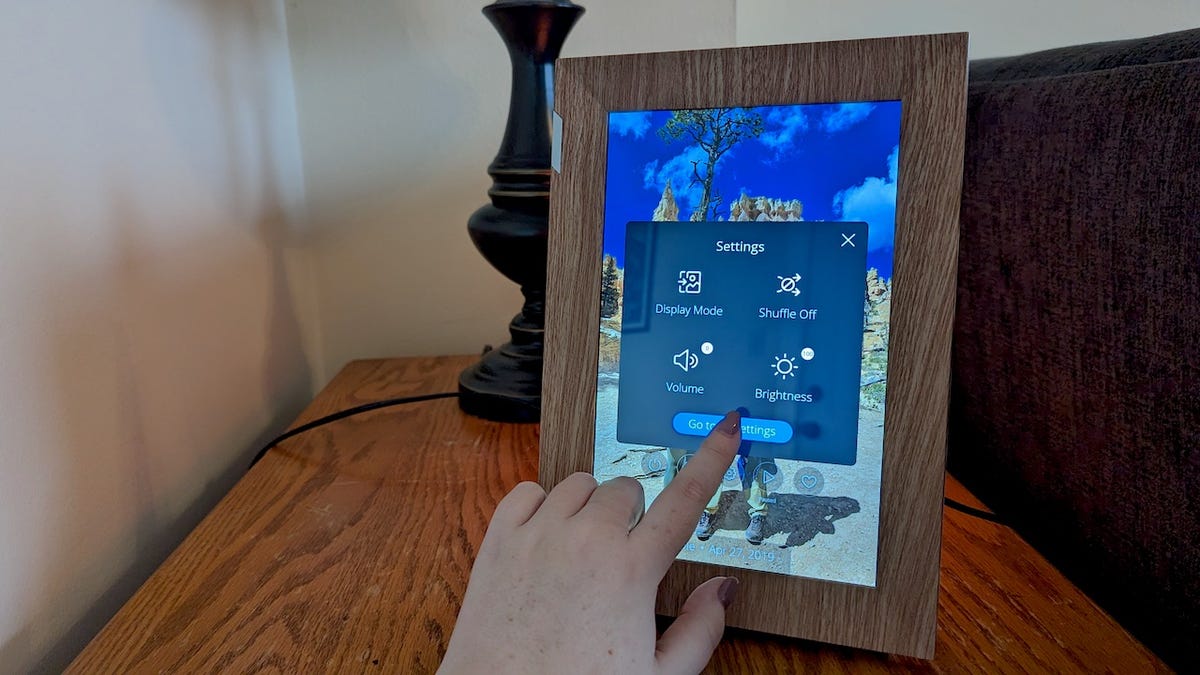BOOK THIS SPACE FOR AD
ARTICLE ADWhat is the future of money? Thousands of years ago, our ancestors used to barter or swap food, hunting gear, and cattle. And now Uniswap, the world's most popular crypto swapping and bartering protocol, has generated a billion dollars in fees! Money has come a full circle. Welcome to the first edition of this “zero BS” weekly column on future money and crypto. Today we discuss the past, present, and future of money.
We spend most of our time in an endless race to earn money. But many of us don't know what money actually is.
1. The past
Our ancestors started off with the barter system - something like "I will give you two buffaloes in return for five shiny new, super-sharp axes". Soon they realised that the barter system had too many limitations:
everyone didn't want buffaloes, buffaloes were not divisible (not too many people would want 0.35 buffaloes) buffaloes were not portable (imagine having to carry a buffalo on your shoulders while going shopping!).So they moved on to more acceptable, divisible, homogeneous, and portable forms of money - cowry shells, salt, gold, silver, and lots more.
The Chinese invention of paper eventually led to the birth of paper currency, which was initially backed by gold or other precious metals. The United States dollar was on the gold standard for many years. That means the dollar was backed by gold. This ended on June 5, 1933.
![]()
Posters to announce the end of the Gold standard
The US government continued to convert dollars to gold at a fixed value until August 15, 1971.
Today, the entire world has moved on to fiat money - currency that's declared as legal tender by a government but not backed by a physical commodity.
Have a look at an Indian note (anything except a 1-rupee note). It carries a promise signed by the Governor of the Reserve Bank of India (RBI) :
“I promise to pay the bearer the sum of one hundred rupees”.
If you were to take this note to the Governor of the RBI, he would (probably) give you coins or one-rupee notes. (Disclaimer: I haven't tried it!)
These bank notes issued by the RBI can be used as "legal tender" in India. That means everyone must accept them for all legal payments. Remember the demonetisation of some notes in India in 2016? Well, legally speaking, this is what happened: the "legal tender status" of the then Rs. 500 and Rs. 1,000 bank notes was withdrawn.
2. The present
The birth of computers and the Internet has brought in many innovative payment systems such as debit & credit cards, net-banking, mobile wallets, UPI, etc.
The cryptocurrency revolution started with Satoshi Nakamoto's path-breaking whitepaper - "Bitcoin: A Peer-to-Peer Electronic Cash System" in October 2008. This brought the world Bitcoin, the first truly peer-to-peer electronic currency. Today, there are almost 6,000 actively traded cryptocurrencies!
These cryptocurrencies are of many types — medium-of-exchange coins, stablecoins, utility coins, privacy coins, meme coins, NFTs, etc.
There are also use case specific cryptos which are disrupting sectors like e-commerce, education, data storage, gaming, marketing, media, supply chain, video streaming and lots lots more.
Do you know that there is a crypto project called Basic Attention Token (BAT) that is monetising human attention? Yes, that's right, human attention! I will cover this in a future edition.
3. The future
According to me, money must have at least 1 of the following characteristics:
I should be able to buy and sell stuff using it
I should be able to maintain my accounts using it
I should be able to hold and grow my savings with it
Money is not just cash and bank deposits. It includes so much more - art, cryptocurrencies, equity shares, gold real estate, loyalty points, etc.
Let's say I have a great idea for a startup. But I don't have the cash to hire a good team. I could pay them using shares of my startup. I could also give them ESOPs (employee stock options). If my startup succeeds, my team would be able to sell their shares at a huge profit.
This is what I believe the future of money will look like:
![]()
What the future of money could look like
Photo Credit: Rohas Nagpal
Rohas Nagpal is the author of the Future Money Playbook and Chief Blockchain Architect at the Wrapped Asset Project. He is also an amateur boxer and a retired hacker. You can follow him on LinkedIn.
Interested in cryptocurrency? We discuss all things crypto with WazirX CEO Nischal Shetty and WeekendInvesting founder Alok Jain on Orbital, the Gadgets 360 podcast. Orbital is available on Apple Podcasts, Google Podcasts, Spotify, Amazon Music and wherever you get your podcasts.
.png)
 3 years ago
227
3 years ago
227 














 Bengali (Bangladesh) ·
Bengali (Bangladesh) ·  English (United States) ·
English (United States) ·